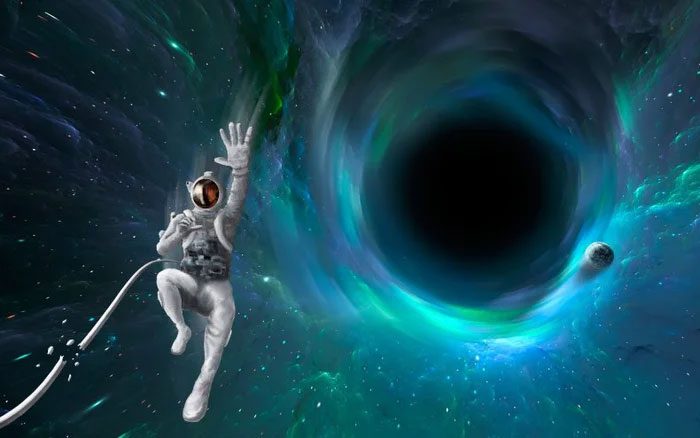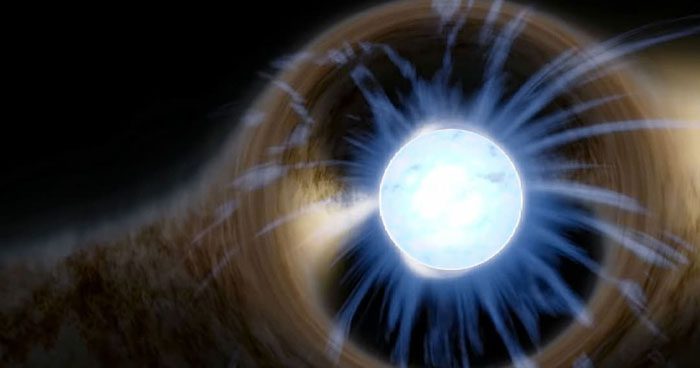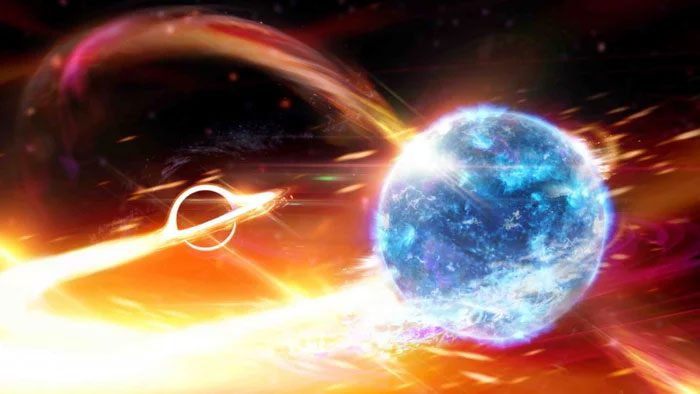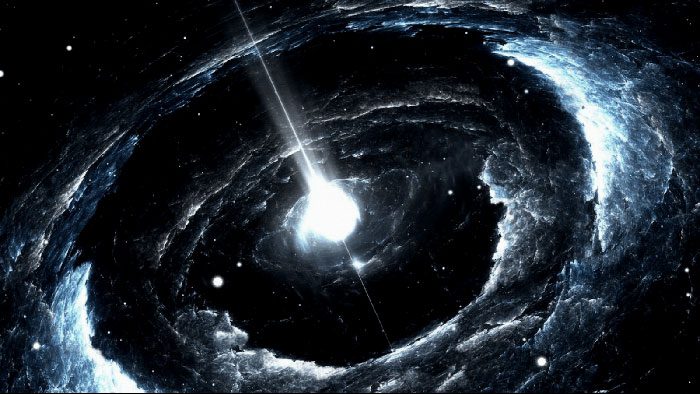If a star is large enough, it can collapse in on itself to form a black hole. However, if that star is very large but not quite large enough to become a black hole, it tends to explode into a supernova, ultimately becoming a neutron star.

A black hole is not much different from any other massive object in the universe.
Black neutron stars are mysterious, dark objects that have appeared at the outer edge of our Solar System. They resemble the remnants of a dying star. While they are not black holes, they behave similarly to one.
A black hole is not much different from any other massive object in the universe, except it is a dense entity. All the material contained within it is compressed into a point known as a singularity, which is so small and dense that our understanding of time and space inside it breaks down.
This singularity is what gives black holes their extreme gravitational pull. On the other hand, neutron stars form when a massive star collapses at the end of its life. Typically, these stars weigh about 1.5 times that of our Sun but only have a diameter of about 20 kilometers.
However, black neutron stars are too heavy to become ordinary neutron stars, yet too small to become standard black holes. As of now, we don’t have much information about these entities.

Black neutron stars are too heavy to become ordinary neutron stars.
Imagine that the best scientists on the planet have devised a way to swiftly wander through the vicinity of our planet. Now, you would observe these fascinating entities up close. You would know exactly where a black neutron star exists.
Then, if you dared to move right into its core, what would happen? This mission would require some special protective equipment. This equipment would need to keep you safe from some of the strongest gravitational forces in the universe. This black neutron star would pull you towards it with a gravitational force about two billion times stronger than what you are accustomed to on Earth.
The problem is that the type of high-intensity gravitational protection equipment you need has not yet been developed. Without it, your mission would be akin to suicide. As you approach a black neutron star, different parts of your body would experience different gravitational forces. If you were to dive directly into this bizarre entity, your upper body would be stretched more than your legs. As you got closer to its center, your body would be stretched out like spaghetti noodles.

From the outside, a black neutron star looks like any other type of star.
But if NASA’s top scientists could provide you with a suit that protects against extreme pressure, temperature, and radiation within a black neutron star, your task would become manageable. You would traverse through each layer of an incredibly massive object.
From the outside, a black neutron star looks like any other type of star. Ordinary neutron stars have extremely high temperatures, often around one million degrees Celsius. So what about a black neutron star? This is something you might have to discover for yourself, as astronomers still lack information, but it likely also has a very high temperature.
First, you would pass through a layer of hydrogen and helium gas. Then, you would move into the next layer of the star. Scientists believe that this second layer may consist of iron and silicon. To continue your mission, you would somehow need to punch through this solid, fiery surface.
Things would start to become dangerously dense. At the center of the black neutron star, you would notice some unique material, possibly one of the strangest substances in the universe. Inside the neutron star, clumps of nuclei are compressed so densely that they create the hardest material ever known.
Now you would be deep enough that the surrounding pressure would be about three times the density of atomic nuclei. Protons and electrons would combine to form neutrons. As these newly formed neutrons start to pile up more and more, you would continue to move further in. Eventually, you would face compressed neutron and proton components. Finally, as you approach the core of the black neutron star, you would be nearing maximum strangeness.

If a star is large enough, it can collapse in on itself to form a black hole.
Among all the weak quarks surrounding you, there would be some so strange that even scientists refer to them as “strange quarks.” These quarks are heavier than other quarks and acquire their name due to possessing a property known as strangeness. All of this means that strange quarks are less likely to be torn apart by the electromagnetic forces of the black neutron star.
Inside this core, strange quarks would form a viscous mixture simply referred to as strange matter. Strange matter is contagious. This means that when it comes into contact with ordinary matter, like yourself, it will produce more strange matter.
So, the moment you touch it, it will immediately disintegrate your protective suit and soon after, your entire body.
If a star is large enough, it can collapse in on itself to form a black hole. However, if a star is still very large but not quite large enough to become a black hole, it will tend to explode into a supernova, ultimately becoming a neutron star.
What has puzzled scientists for a long time is that the smallest black holes have masses at least five times that of the Sun, while neutron stars have a maximum mass of 1.5 times that of the Sun. And the range in between these boundaries is known as the “mass gap” – a mysterious range between the mass of black holes and neutron stars – “black neutron stars.”


















































